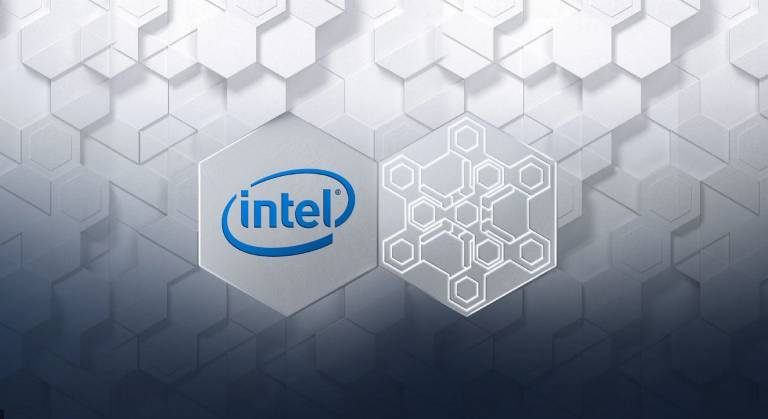Intel announced that during 2020 the second generation of Optane DC Persistent Memory, codenamed Barlow Pass, along with the next generation of Xeon Scalable server processors. There is also a range of on arrival Optane SSD server, codenamed Alder Stream, currently already running in Intel labs, which is expected to double random performance.
Optane, for the uninitiated, is the Intel brand behind which memory is hidden 3D XPoint, a solution created to close the performance gap between DRAM memory and storage solutions. 3D XPoint is more expensive than a NAND, but it is faster and offers greater resistance. 3D XPoint is slower than a DRAM, but it is less expensive and denser. The best aspect? Keep data in the absence of energy.


With 3D XPoint memory Intel has created SSDs with unparalleled responsiveness, solutions that stand between the processor and the hard disk or the SATA SSD to accelerate storage performance (Optane Memory) up to Optane DC Persistent Memory , that is, memory modules that fit into the classic DRAM DIMM slots but, unlike the latter, are able to store much more data and store them even in the absence of energy – hence the term “persistent”.
With all these technologies Intel wants “Disrupt” the storage hierarchy, in order to bring the data as close as possible to the processors and speed up the entire calculation process.
We will also see soon new 144-layer 3D NAND QLC (Quad Level Cell) memory, within a line of SSDs for datacenters (Arbordale +). A series of will be coming soon Consumer SSD with 96-layer QLC memory called Optane 665P (Cliffdale-R).

The US company also announced that it has opened a new line for the development of Optane technology (3D XPoint) in the plants of Rio Rancho, New Mexico, with the aim of presenting the third generation of the Optane DC Persistent Memory together with the “Sapphire Rapids” Xeon processors, but the fourth generation is already under development.
A well structured plan, so much so that Optane DC will also arrive on workstations after servers and Microsoft is working to support it also on client platforms.
“The world is generating data at an ever increasing rate and companies are increasingly overwhelmed by how to process it efficiently. Getting value from all this data will be essential to separate the winners from the losers. This will require cutting edge innovations in the memory and storage hierarchy, which is what we are doing, “said Rob Crooke, senior vice president and general manager of Intel's Non-Volatile Memory Solutions Group.

During its presentation in South Korea, Intel also claimed that its Floating Gate technology for NAND memory cells is superior to Charge Trap for data conversation, and added that it is already experimenting NAND capable of storing 5 information bits per cell (PLC memory, Toshiba is also working on it).















